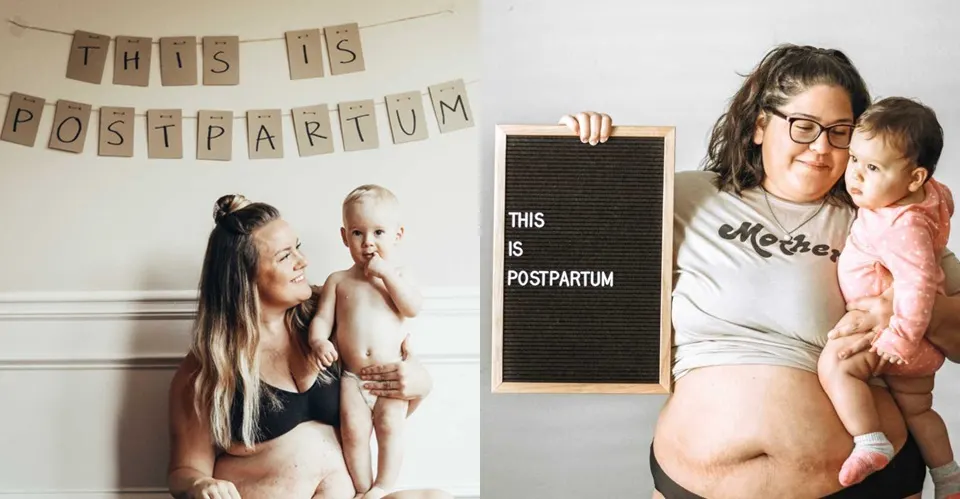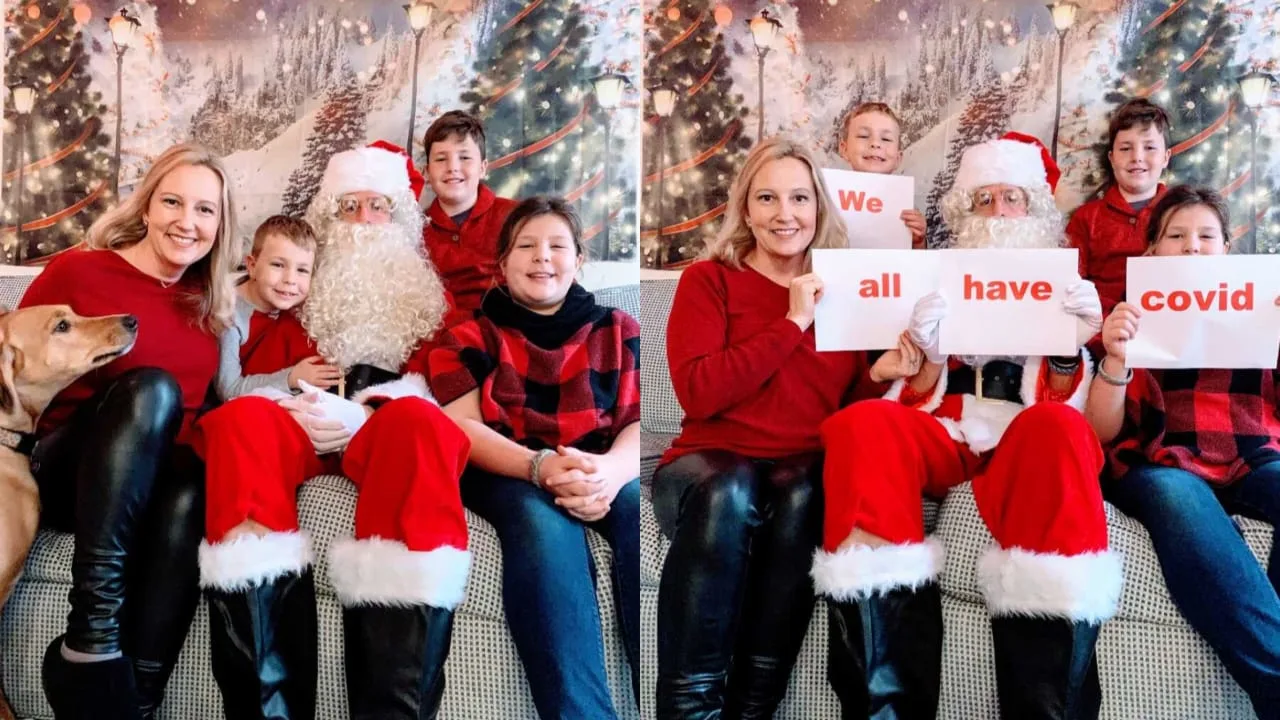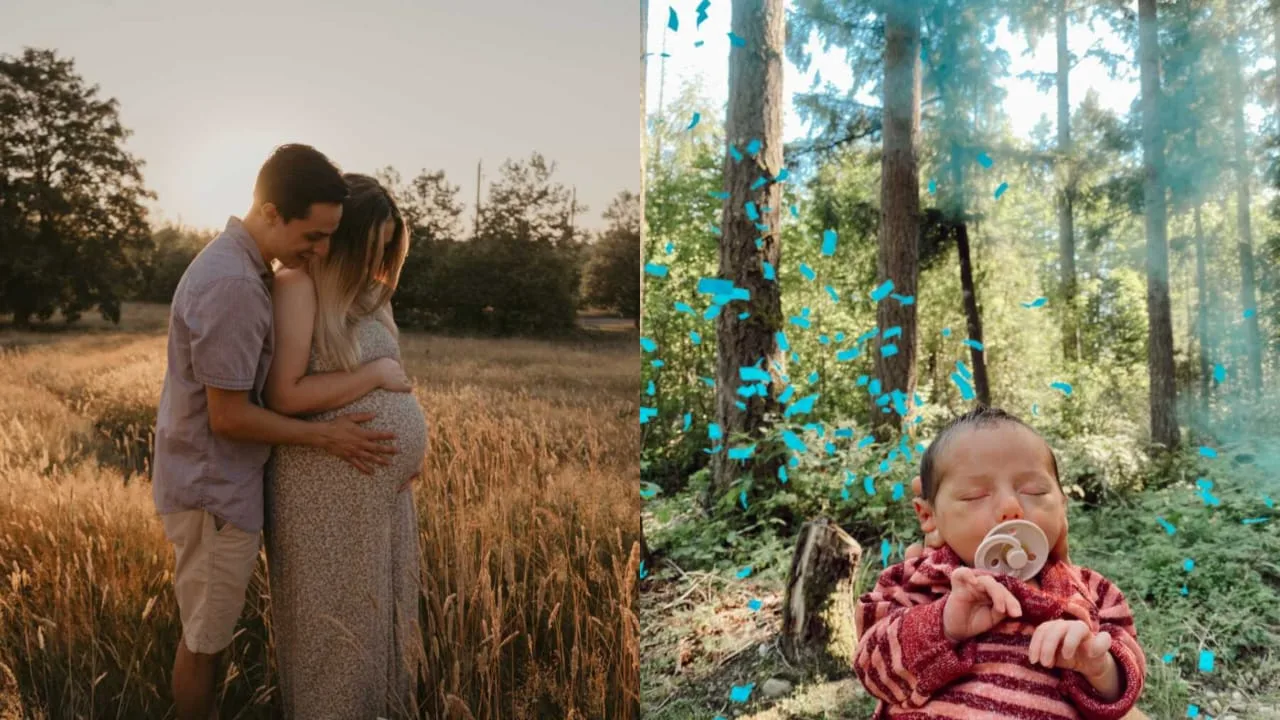Everything changed for our family on a day that began like any other.
It was Wednesday, December 7th, 2016. The sky was clear over Johannesburg, the air carried the smell of summer jasmine, and we were managing another one of the city’s rolling blackouts. With no electricity at home, the day should have passed quietly. Naomi and I had met with the high school principal that morning, and we’d picked up the kids ready to start their holidays. Our twelve-year-old son came home proudly wearing a shirt signed by his classmates, a little trophy marking the end of primary school. We expected nothing more dramatic than that.

But only twenty minutes later, the world tilted.
Our sixteen-year-old daughter burst into my office shouting, “Something’s wrong with Shaina, come quick!” I didn’t stop to ask questions. I ran.
At the front door, Naomi was holding Shaina, her face twisted in terror. Shaina’s body was rigid, her lips tinged blue. She was breathing, but it was shallow and irregular. I grabbed her, tried the Heimlich, pounded her back, cleared her airway nothing changed. She bit Naomi’s finger when she tried to check her mouth. That’s when it hit us. This wasn’t choking. Shaina was seizing.

Five minutes felt like forever until the first paramedic pulled up, followed by more. In moments our dining room looked like a hospital ward, wires, machines, flashing lights. I stood frozen as they cut open her dress to attach leads and fought to insert IV lines. I forced myself to stay calm, until they wheeled in a defibrillator. That’s when I broke.
By the time they loaded her into the ambulance, the only words the paramedic could offer were, “She’s in a very serious condition.” Shaina’s seizure had gone on for more than an hour. That day was just the beginning. Over the next year and a half, she endured more of those terrifying, prolonged episodes.
Eventually, with the help of a neurologist, the seizures came under control with medication. But the doctor wasn’t satisfied. Shaina was almost nonverbal, unsteady on her feet, and still not toilet trained. We had always assumed her delays came from being born premature, but the neurologist suspected more. She ordered genetic tests.

The results arrived months later, and they hit like a tidal wave. Shaina had BPAN Beta-propeller Protein-associated Neurodegeneration. None of her doctors in South Africa had ever encountered it before. At the time, Shaina was the only known case in the country.
BPAN is cruel. It means the brain cannot clear excess iron, which slowly builds up and interferes with normal function. Children often face developmental delays, speech challenges, and motor difficulties. At some point, their growth stops, and they begin to regress, developing symptoms similar to Parkinson’s and Alzheimer’s. There is no treatment, no cure, and no road map.
We were devastated. But in the middle of that grief, we made a decision: we would not let Shaina be defined by her diagnosis. Instead, we would celebrate who she is a girl with a smile that melts strangers’ hearts and a spirit that radiates joy.

Despite her challenges, Shaina has a way of drawing kindness from everyone she meets. Shopkeepers give her flowers. Strangers stop to talk to her. She has an unspoken gift for connection. To help bridge those encounters, we created small cards for her to hand out “kindness coupons.” They explain who she is, that she has BPAN, and thank the reader for their kindness, encouraging them to pay it forward. Shaina loves handing them out, and people light up when they receive one.
That idea grew into something larger. We launched a campaign called #akinderworldnow a play on the word “kinder,” which in Yiddish means children. With Shaina as its inspiration, the campaign has shared thousands of cards across schools, hospitals, and public places, spreading her simple but powerful message: kindness matters.

Life with BPAN is far from easy. Shaina struggles with sleep, avoids many foods, and can’t always tell us when she’s in pain. Ordinary things like a rain shower can frighten her. Watching her peers advance while she remains behind can be hard. Yet our home is full of her laughter, her legendary hugs, her love of music, and her delight in painted nails. She brings out the best in those around her.

When we first received the diagnosis, we feared only suffering for our daughter. Instead, we discovered she is living a life overflowing with joy and love. Shaina dances through life, singing off-key, laughing loudly, smiling from morning to night. She reminds us daily why her name, Shaina Brocha “beautiful blessing” is so fitting.

We don’t know what the future will hold. But we do know this: Shaina is our teacher. She teaches us resilience, joy, and the healing power of kindness. And for that, we are endlessly grateful.




